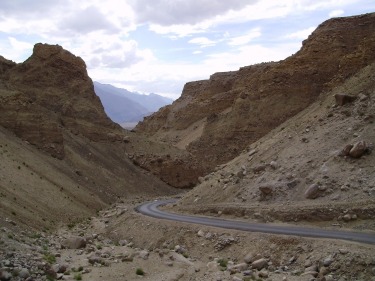
Pakistani troops continued cross-border shelling along the Line of Control (LoC) in Jammu and Kashmir’s Kupwara district for the second consecutive day on May 8, a day after heavy mortar fire killed 12 Indian civilians and injured 51 others in four districts near the border.
The exchange follows India’s “Operation Sindoor,” a series of precision missile strikes targeting nine terror camps in Pakistan and Pakistan-occupied Kashmir (PoK) early on May 7 in retaliation for the April 22 terror attack in Pahalgam that killed 25 Indians and a Nepali citizen.
One Indian soldier was killed in what officials called “unprovoked shelling by Pakistani forces” in the Poonch sector. Pakistani forces targeted civilian areas in Karnah after midnight, with the Indian Army responding “proportionately” to fire from artillery guns and small arms across the LoC in areas opposite Kupwara, Baramulla, Uri, and Akhnoor.
A blast was reported in Pakistan’s eastern city of Lahore on Thursday morning, according to Reuters, though the cause remains unclear.
Government Implements Security Measures
In unprecedented security steps, India has closed 21 airports across northern and northwestern regions until May 10, affecting Jammu and Kashmir, Leh, Punjab, Himachal Pradesh, Rajasthan, and Gujarat. Schools in border districts across Punjab and Rajasthan remain shut, with some closures extending until May 11.
Prime Minister Narendra Modi met with President Droupadi Murmu and chaired a Cabinet meeting on the military situation. The government has called an all-party meeting in Parliament on May 8 to brief political parties on the operation.
India also conducted blackout drills in regions near the Pakistan border, including Amritsar.
Operation Sindoor: Targeting Terror Infrastructure
During a military briefing on the operation, Colonel Sofiya Qureshi stated, “The Armed forces conducted Operation Sindoor on the night between May 6 and 7 at 1.05 a.m. and 1.30 a.m. Nine terror camps were targeted and completely destroyed them. Terror infrastructures such as centres for recruitment, indoctrination and launch pads are present in Pakistan and PoK.”
Wing Commander Vyomika Singh added that target selection was “based on intelligence reports and the role of these facilities in perpetrating terror activities. The locations were so selected to avoid damage to civilian infrastructures and loss of civilian lives.”
The strikes employed precision “loitering munitions” or “suicide drones” to minimize collateral damage.
Key targets within PoK included facilities in Muzaffarabad, Kotli, and Bhimber, which trained terrorists for attacks in Jammu and Kashmir. Within Pakistan, the strikes hit Sialkot, Muridke (where terrorists for the 2008 Mumbai attacks were trained), and Bahawalpur (the Jaish-e-Mohammad headquarters).
This marks India’s third punitive strike against terror infrastructure in Pakistan and PoK since 2016.
Pakistan Vows Response Amid Calls for Restraint
Pakistan has pledged to respond to India’s strikes. Pakistan’s Army spokesman Lt. Gen. Ahmed Sharif Chaudhry declared, “Pakistan will respond to this at a time and place of its own choosing. This heinous provocation will not go unanswered.”
In a National Security Council meeting, Pakistan Prime Minister Shehbaz Sharif authorized the armed forces to undertake retaliation to “avenge loss of Pakistani civilian lives.” Pakistan claims at least 31 of its civilians were killed and about 50 wounded in the strikes and subsequent shelling.
Despite the rhetoric, Pakistan’s Defence Minister Khawaja Muhammad Asif told The New York Times that Pakistan was ready to de-escalate, while Indian officials indicated they would “respond” if Pakistan takes further action.
U.S. President Donald Trump expressed hope that the countries could “work it out,” offering to help if needed.
The escalation comes at a vulnerable time for Pakistan’s economy which is still recovering from a 2023 crisis that nearly led to default on external debt before receiving IMF funding.




